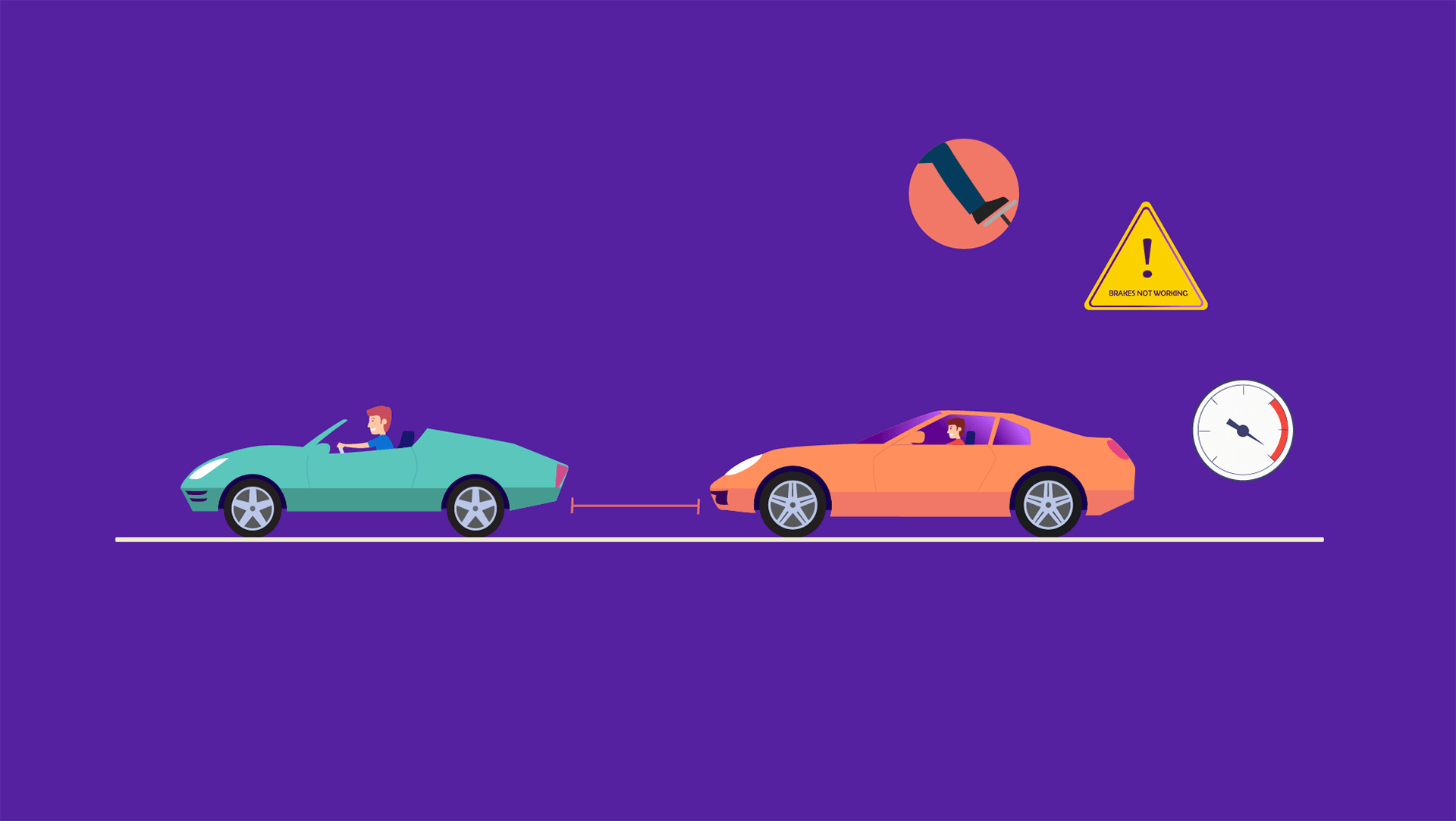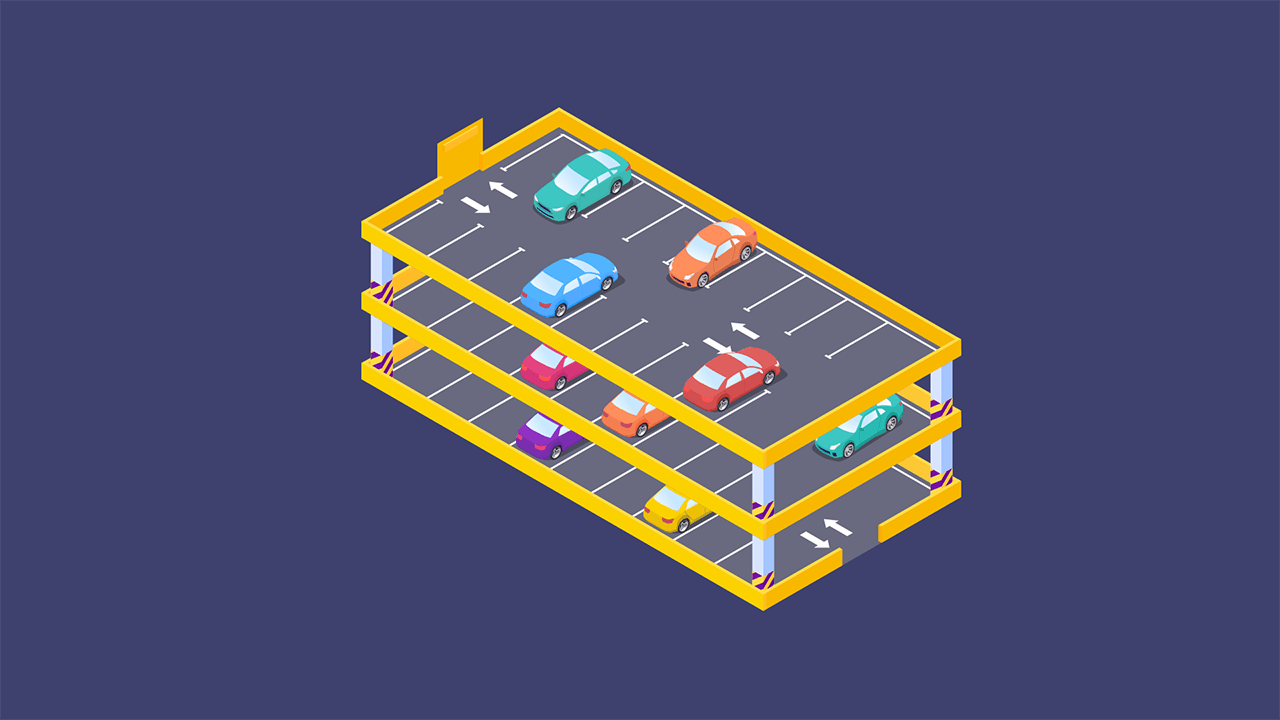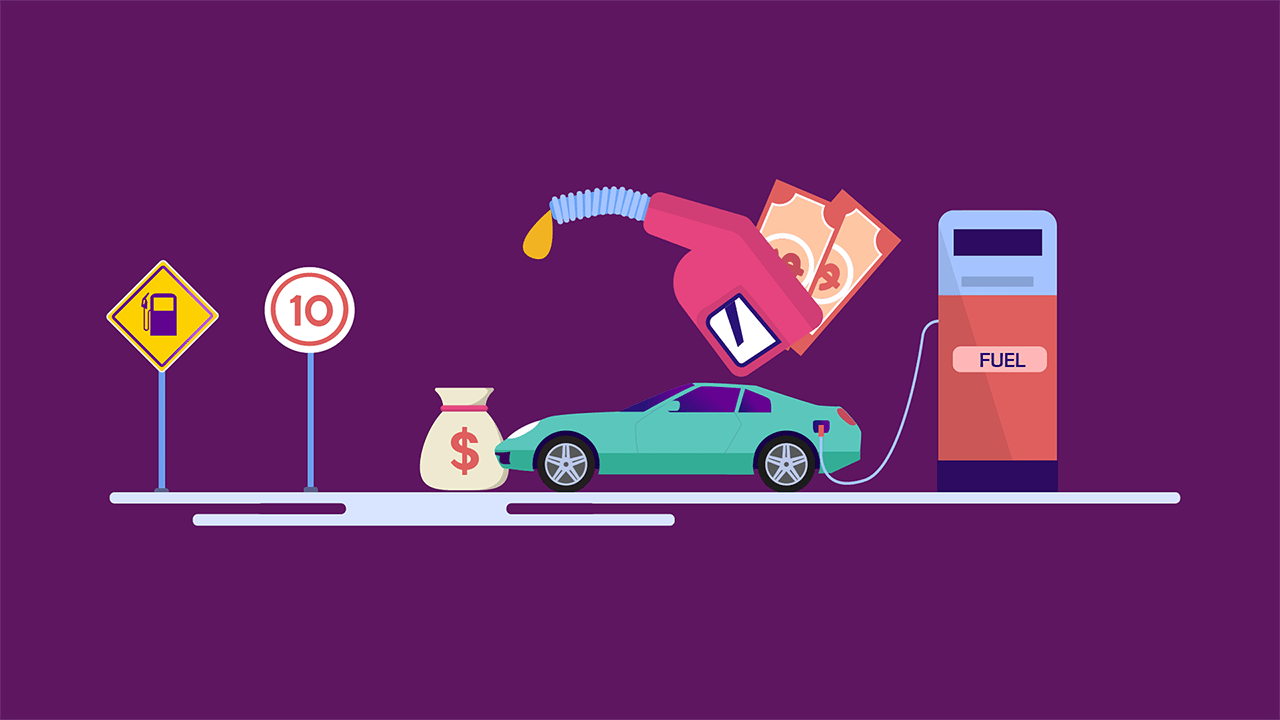Brakes not working? Here's our Brake Failure Emergency Guide
By Umm e Hani on Apr 24, 2024
Contents
- Steps You Should Take In case of Brake Failure
- Step 1: Check the Brake Lights
- Step 2: Attempt Pumping the Brakes
- Step 3: Engage the Emergency Brake
- Step 4: Downshift to a Lower Gear
- Step 5: Steer the Car to a Safe Area
- Step 6: Activate Hazard Lights
- Step 7: Seek Assistance
- Step 8: Avoid Turning Off the Engine
- Step 9: Refrain from Slamming the Brakes
- Step 10: Maintain Situational Awareness
- Step 11: Stay Calm and Composed
- Step 12: Schedule Brake Repair Immediately
- Precautions
- Preventing Brake Failure
- That’s A Wrap!
- FAQ
A sudden loss of braking power while driving can be a terrifying experience. The thought of your car uncontrollably gaining speed and hurtling towards danger sends shivers down the spine. However, panicking in such a situation will only worsen the situation. Instead, it's crucial to remain calm and take decisive action to bring your vehicle to a safe stop.
Steps You Should Take In case of Brake Failure
Step 1: Check the Brake Lights
The first step you should take when you sense your brakes not working is to check your brake lights. Are they illuminating when you press the brake pedal? If not, there's a high probability that a major issue has arisen within the brake system. A malfunctioning brake light switch or a blown fuse could be the culprit.
Step 2: Attempt Pumping the Brakes
Despite the initial loss of braking power, there's a slight chance that some residual pressure might still exist within the brake system. In this scenario, rapidly pumping the brakes driving pedal can sometimes help to build up pressure and partially restore braking functionality. This technique is particularly effective in vehicles with hydraulic brake systems.
Step 3: Engage the Emergency Brake
The emergency brake, also known as the parking brake, is an independent system from the hydraulic brakes. Therefore, even if the hydraulic brakes have failed, the emergency brake should still function effectively. Locate the emergency brake lever, typically situated between the front seats, and gradually pull it upwards. Apply steady pressure to the lever, avoiding sudden or forceful movements that could cause the car to skid.
Step 4: Downshift to a Lower Gear
In manual transmission vehicles, downshifting to a lower gear can assist in slowing down the car without relying solely on the brakes. Select a lower gear, such as second or third, to utilize the engine's braking effect. However, avoid downshifting too abruptly, as this could cause the car to lose control.
Step 5: Steer the Car to a Safe Area
Once you've managed to decelerate the vehicle, steer it towards a safe location off the main road. This could be a parking lot, a grassy area, or even a wide shoulder. Avoid bringing the car to a sudden halt in the middle of the road, as this poses a hazard to other motorists.
Step 6: Activate Hazard Lights
Turning on your hazard lights will alert other drivers of your predicament and prompt them to slow down and proceed with caution. This simple action can significantly reduce the risk of a collision.
Step 7: Seek Assistance
After safely stopping the car, immediately call for help. Contact emergency services (911) or a reliable towing company to inform them of your situation and request assistance. They will dispatch a tow truck to transport your vehicle to a nearby repair shop.
Step 8: Avoid Turning Off the Engine
Resist the urge to turn off the car's engine immediately. Doing so will lock the steering wheel, making it impossible to maneuver the vehicle safely. Moreover, turning off the engine will disable power steering, further hindering your ability to control the car.
Step 9: Refrain from Slamming the Brakes
Abruptly slamming on the brakes, even if they seem to be functioning partially, can cause the wheels to lock up, leading to a skid. A skid can easily make you lose control of the vehicle, increasing the risk of an accident.
Step 10: Maintain Situational Awareness
While attempting to stop the car, constantly monitor your surroundings. Be vigilant of other vehicles, pedestrians, and potential obstacles that might require immediate evasive action. Maintain a sharp focus on the road and avoid distractions.
Step 11: Stay Calm and Composed
Panicking in such a situation will only cloud your judgment and hinder your ability to make rational decisions. Instead, take deep breaths, maintain a calm demeanor, and focus on executing the steps outlined above.
Step 12: Schedule Brake Repair Immediately
Once the car is safely stopped and assistance has arrived, refrain from attempting to drive the vehicle further. Arrange for a tow truck to transport the car to a qualified mechanic for immediate brake repair. Driving with faulty brakes poses a severe risk to yourself and others.
Precautions
Manual Transmission Vehicles
If you are driving a manual transmission vehicle, utilize the gears to slow down the car gradually.
Hills and Inclines
When driving on a hill or incline, apply the emergency brake to prevent the car from rolling downhill.
Adverse Weather Conditions
Exercise extreme caution when driving in snowy or icy conditions, as these conditions can significantly reduce braking effectiveness. Maintain a safe distance from other vehicles and be prepared to stop at any moment.
Preventing Brake Failure
There are a few things you can do to prevent brake failure:
- Get your brakes inspected regularly by a qualified mechanic.
- Have your brake pads and brake fluid replaced as needed.
- Be aware of the signs of brake problems, such as a squealing noise when you brake, a soft pedal, or the car pulling to one side when you brake.
- If you notice any of these signs, have your brakes inspected immediately.
That’s A Wrap!
Brake failure can be a scary experience, but it is important to stay calm and take the following steps to stop your car safely. By following these tips, you can help to prevent brake failure and stay safe on the road.
FAQ
What To Do If Brakes Fail In Automatic Car?
If your brakes fail in an automatic car, the first thing you should do is try to stay calm. Panicking will only make the situation worse. Next, pump the brakes a few times to see if you can build up any pressure. If that doesn't work, downshift to a lower gear to use the engine's braking effect. Finally, engage the emergency brake to slow the car down. Once you have brought the car to a safe stop, turn on your hazard lights and call for help.
What Should You Do When You Need To Stop Quickly And Your Vehicle Does Not Have Abs?
When you need to stop quickly in a vehicle without ABS, it is important to apply the brakes firmly but gradually. Slamming on the brakes can cause the wheels to lock up and the car to skid. Pumping the brakes can help to prevent the wheels from locking up. Finally, use the steering wheel to guide the car straight and avoid making any sudden or jerky movements.
How To Brake Smoothly?
To brake smoothly, anticipate your braking needs and plan ahead. This will give you time to apply the brakes gradually and evenly. Avoid slamming on the brakes, as this can cause the car to skid. Finally, release the brakes gradually to avoid jerking the car.


